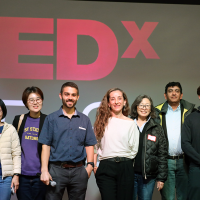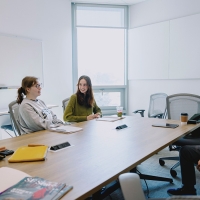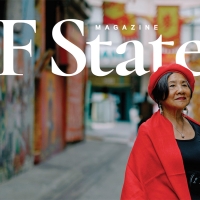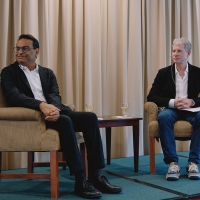Study by professor, students finds over 600 LGBTQ+ protests occurred in U.S. in 1965 – 1973
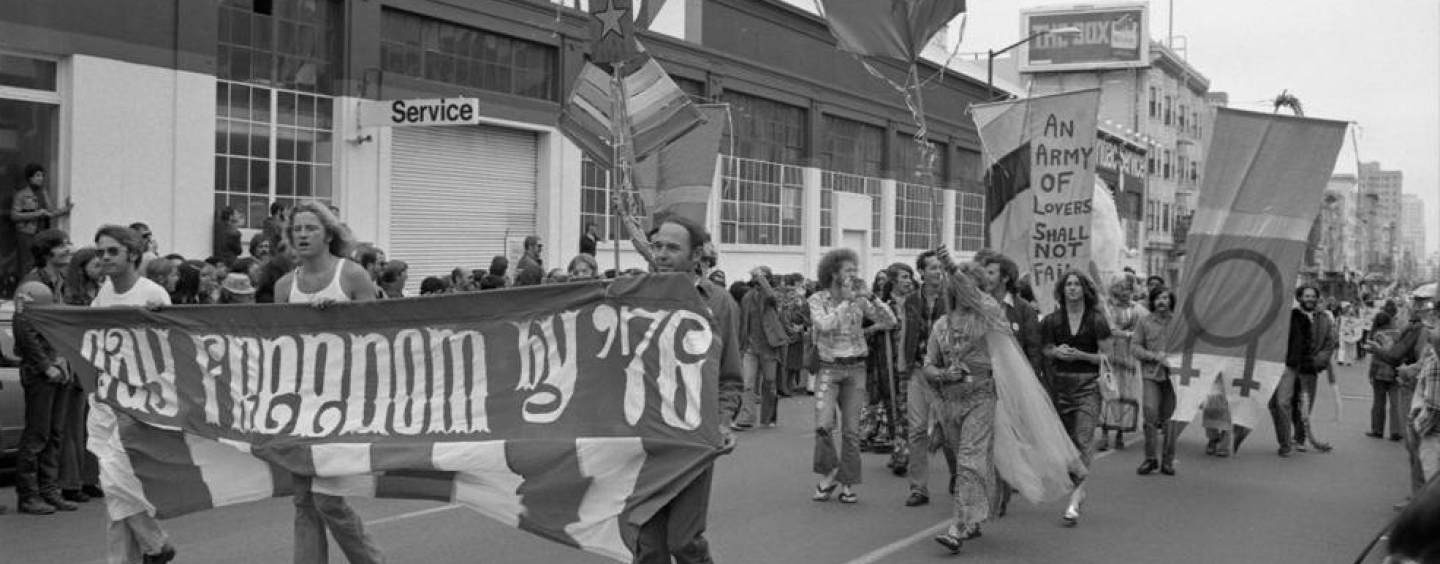
The researchers say their study documents the very civil rights events that politicians seek to ban from school curricula today
In the first comprehensive survey of its kind, a San Francisco State University History professor and three graduate students have discovered that more than 600 LGBTQ+ protests took place in the United States between 1965 and 1973. The researchers say that the study documents the very direct-action events for civil rights — demonstrations, marches, parades, rallies, riots and sit-ins — that some politicians seek to ban from being taught in schools.
OutHistory and Queer Pasts published the study jointly on March 1. Marc Stein, San Francisco State’s Jamie and Phyllis Pasker Chair in History, led the study with graduate student researchers Dylan Weir, Mario Burrus and Adam Joseph Nichols. Stein says that “Florida Gov. Ron DeSantis and his allies want to cancel, censor and closet” these types of events from U.S. history.
“We’re seeing a wave of conservative campaigns that target the way we teach history in the United States, especially when it comes to teaching about race, gender and sexual orientation,” Stein said. “While it’s important that we respond, we also need to move forward with the necessary work of reconstructing the way we understand the past. For queer history, it’s not enough to only reference the Stonewall rebellion of 1969; we need to understand the mobilization and radicalization of a large social movement that lasted for years, organized in diverse locations, engaged millions of people and targeted multiple institutions in society.”
The study identifies 646 direct-action protests, with more than 200,000 participants and nearly 200 arrests. Protests weren’t limited to New York and California: They took place in 20 states and the District of Columbia. The researchers pored over more than 1,800 media sources, going beyond well-known events such as the Stonewall Inn rebellion of 1969 in New York City and the transgender-led Compton’s Cafeteria riot in 1966 in San Francisco.
In the nine years they reviewed, Stein and the students found San Francisco was the location of the most LGBTQ+ protests with 148, followed by New York City with 142 and Los Angeles with 93. Many smaller events they cite recall forgotten controversies of the era. A 1969 demonstration against restroom arrests at Macy’s in San Francisco lasted 21 days. The same year, the Committee for Homosexual Freedom led a continuous four-month protest against States Steamship Company in the city for firing its only openly gay employee.
Weir credits a core group of activists with strengthening the LGBTQ+ movement following Stonewall and throughout the 1970s.
“It is largely thanks to them that we have a society that is more inclusive and accepting today,” Weir (M.A., ’22) said. “This lesson is more relevant today than ever as we see political movements across the country that are trying to roll back the progress that the gay rights movement has made. If these activists could fight for inclusion in the extremely homophobic society of America in the 1960s and 1970s and make real progress, then we can stand up for those rights today.”
Stein and his students will next document LGBTQ+ protests between 1974 and 1976.
Tags
